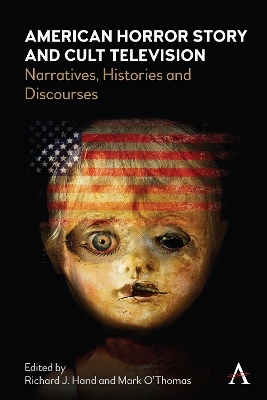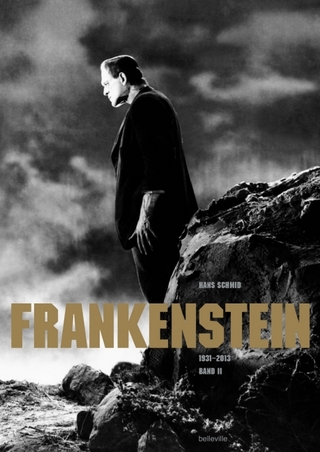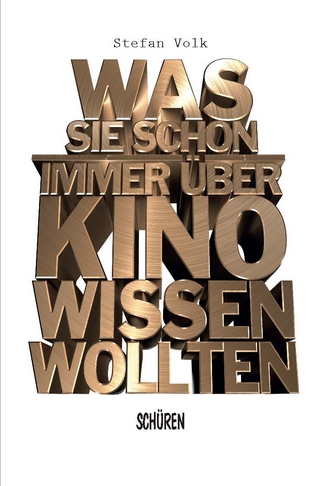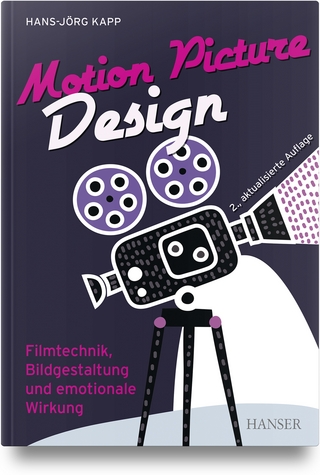
American Horror Story and Cult Television
Anthem Press (Verlag)
978-1-78527-933-1 (ISBN)
Over the course of ten seasons since 2011, the television series American Horror Story (AHS), created by Ryan Murphy and Brad Falchuk, has continued to push the boundaries of the televisual form in new and exciting ways. Emerging in a context which has seen a boom in popularity for horror series on television, AHS has distinguished itself from its ‘rivals’ such as The Walking Dead, Bates Motel or Penny Dreadful through its diverse strategies and storylines, which have seen it explore archetypal narratives of horror culture as well as engage with real historical events. Utilising a repertory company model for its casting, the show has challenged issues around contemporary politics, heteronormativity, violence on the screen and disability, to name but a few. This new collection of essays approaches the AHS anthology series from a variety of critical perspectives within the broader field of television studies and its transections with other disciplines.
Richard J. Hand is Professor of Media Practice and Head of Literature, Drama and Creative Writing at the University of East Anglia, UK. He has a particular interest in popular culture, especially horror. Mark O’Thomas is Principal and CEO of the London Academy of Music & Dramatic Arts (LAMDA) and Visiting Professor of Theatre and Performance at the University of Greenwich, UK. He has a particular interest in popular culture, especially television dystopias.
Preliminary Matter and Acknowledgements; Contributors; Introduction, Richard J. Hand and Mark O’Thomas; Section 1. INDUSTRIES/CONTEXTS/CONSUMPTION, Chapter 1. ‘I’m really not trying to be cheesy in this moustache twisty way, but it gets really bad. Things that you can’t even really imagine…’ (Sarah Paulson): American Horror Story and the Horror Ensemble Paradigm -Richard J. Hand; Chapter 2. The American Horror Story Repertory Company- Mark O’Thomas; Section 2. INTERTEXTS AND REFERENTS: GOTHIC, VOODOO, WITCHES, Chapter 3. ‘Who’s the Baddest Witch in Town?’: Adaptation, Female Agency and Monstrous Representation in American Horror Story: ‘Coven’- Adam Herron and Ben Nicholson; Chapter 4. ‘I Know Your Body’: Trauma and the Frankenstein Myth in ‘Coven’- Catherine Pugh; Chapter 5. Science, Madness, and the Gothic in American Horror Story’s ‘Asylum’- Richard M Sheppard and LMK Sheppard; Chapter 6. ‘We’re more than just pins and dolls and seeing the future in chicken parts’: Channelling and Challenging Voodoo Stereotypes In ‘Coven’ And ‘Apocalypse’- Mikaël Toulza; Section 3. SOCIETY, POLITICS, SPACE, Chapter 7. Desiring Horror and Desirable Retro Slashers: ‘1984’ and the Transformation of Sociocultural Intelligibility- Alvaro Lopez; Chapter 8. (Un)Dead Together: Hospitality, Hauntology and the ‘Happily Ever After’ in American Horror Story- Bethan Michael-Fox; Section 4. GENDER/OTHERNESS, Chapter 9. A Feminist and Queer Approach to American Horror Story’s Homonormative and US Nationalist Values in the ‘Asylum’ and ‘Cult’ Seasons- Daniel Berjano; Chapter 10. Scaring with Otherness: American Horror Story and the Other Identity- Özgür Çalışkan; Chapter 11. ‘Bitchcraft’: Adolescent Femininity and Fourth-Wave Feminism in Television Horror- Miranda Corcoran; Chapter 12. ‘Cut me and I Bleed Dior’: The Dark Side of Glamour in American Horror Story - Fernando Gabriel Pagnoni Berns and Emiliano Aguilar; Chapter 13. Into The Womb: ‘Murder House’ and the Erotics of Oppression – An American Horror Story- Michele Trépanier; Index
| Erscheinungsdatum | 21.04.2022 |
|---|---|
| Reihe/Serie | Anthem Series on Television Studies |
| Verlagsort | London |
| Sprache | englisch |
| Maße | 153 x 229 mm |
| Gewicht | 454 g |
| Themenwelt | Kunst / Musik / Theater ► Film / TV |
| ISBN-10 | 1-78527-933-5 / 1785279335 |
| ISBN-13 | 978-1-78527-933-1 / 9781785279331 |
| Zustand | Neuware |
| Informationen gemäß Produktsicherheitsverordnung (GPSR) | |
| Haben Sie eine Frage zum Produkt? |
aus dem Bereich


